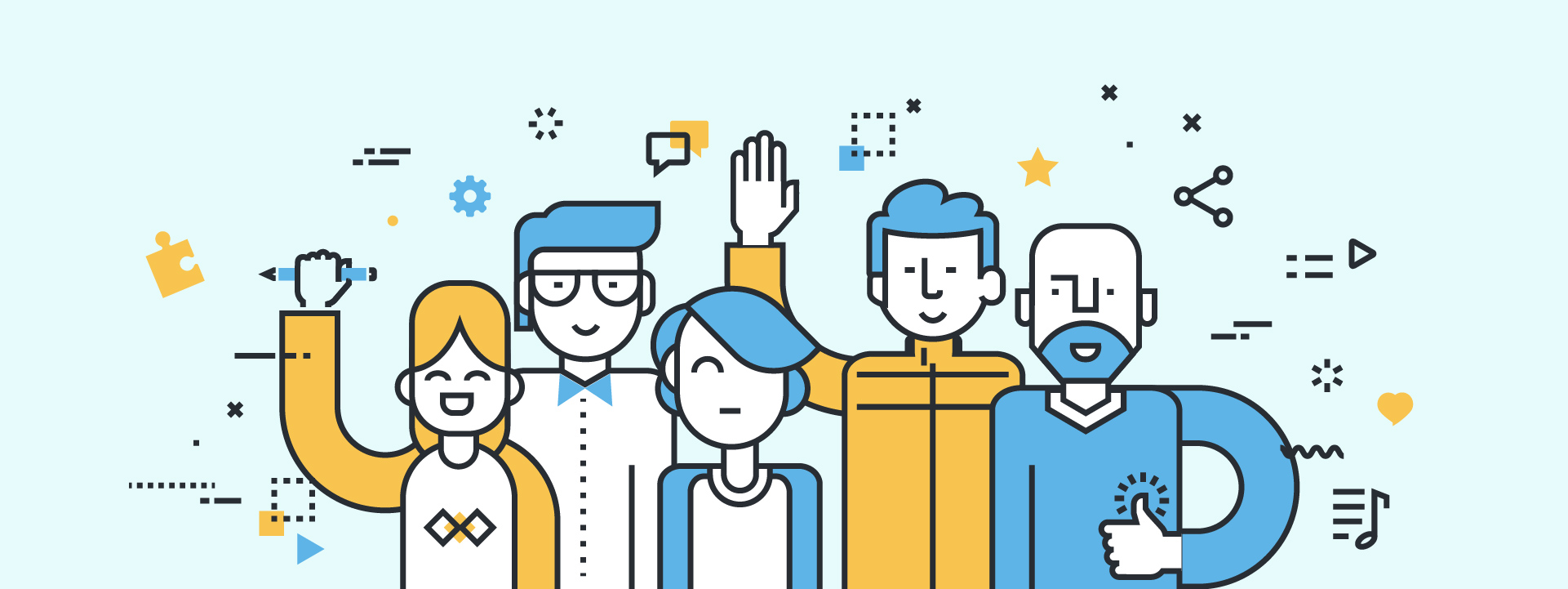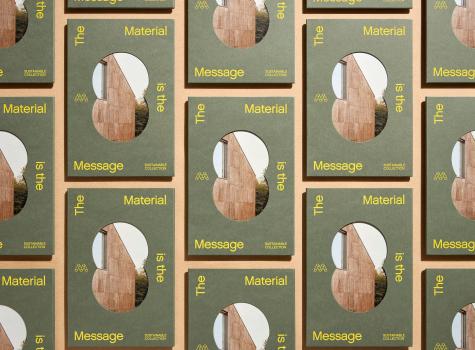Helping Designers Break into Digital

New systems, new terms, new benefits: With any evolving technology, there’s a gradual process of adoption.
Designers are seeing the benefits
The good news is that more and more designers are becoming convinced of the benefits of digital printing. According to GDUSA’s 48th Annual Print Survey, 77% of designers surveyed reported having used digital short run printing in the past year and digital printing papers were the fifth most-specified type of paper.
“A well-designed printed piece has resonance and impact and cuts through the clutter, moving beyond the digital cacophony,” says Gordon Kaye, editor and publisher of GDUSA. “But paired with digital technology, print is evolving into a smarter, faster, cleaner, and more efficient medium. Designers are utilizing digital printing more and more for its quick turnaround, ease of digital workflow, ability to customize and personalize, and for its ability to produce more precise print runs.”
What designers want to know
Aside from showing designers samples of what digital printing can do, you need to involve designers in the process and educate them about the unique properties of digital. Many designers say they want to consider digital, but when it comes right down to it, they’re not sure where to start. The biggest stumbling blocks seems to lie in how to manage variable data file conversions and spot color. Offer to do a workshop with a group of designers on these topics. Give them an easy-to-follow guide on how to design for personalization. Many printers, such as TPI Solutions Ink, offer the “Free Designer’s Guide to HP Indigo Digital Printing.”
According to Carrie Grove, Vice President of TPI Solutions Ink,“I have also found it helpful to invite the designer in to our office for a tour. We recently did this with a potential client who was relatively new to the digital world. We gave them a tour of our plant showing them our digital equipment as well as our offset equipment. It was a great opportunity to teach them about the differences between offset and digital and it was a learning opportunity for us. We learned more about the needs of our potential new client and their pain points. I am happy to say that they purchased their first digital job with us this week.”
If it’s good, it’s good!
“If the design and the color is great, then the end product will be great,” says Kalagher. “Anything Emeril Lagasse cooks with will result in a delicious meal, regardless of the equipment. High-end stovetops and equipment don’t make you a great chef, it’s about the talent and work you put into it. It’s the same with design and printing.”
“A designer’s first concern is quality,” says Christopher Hyde, principal of Cipher Creative Group. “There’s still a huge gap in what designers think digital can do and what it can really do. Designers may not know about the much wider catalog of papers and substrates that are available for digital printing. If printers don’t have something that gets designers excited, then they should create their own pieces that are beautiful to look at, with really well-done printing, and that are on interesting substrates.”
Tips for Helping Designers Break into Digital:
Involve designers in the process & educate them on digital printing’s unique benefits:
- Offer a workshop on key issues, like managing variable data file conversions & spot color
- Provide resources like the “Free Designer’s Guide to HP Indigo Digital Printing”
- Invite designers for a plant tour to show your capabilities & learn their needs
Production Notes
Suggested Articles
Luxury packaging is more than just a mere container - it’s a powerful brand statement that resonates long before your product is revealed.
The beauty of mail art is its low barrier to entry which gives anyone the ability to elevate the everyday to the extraordinary.
"The Material is the Message," tells the story of 6 different installations, dwellings, sculptures, objects, or other artifacts that are created using alternative materials or methods.






















